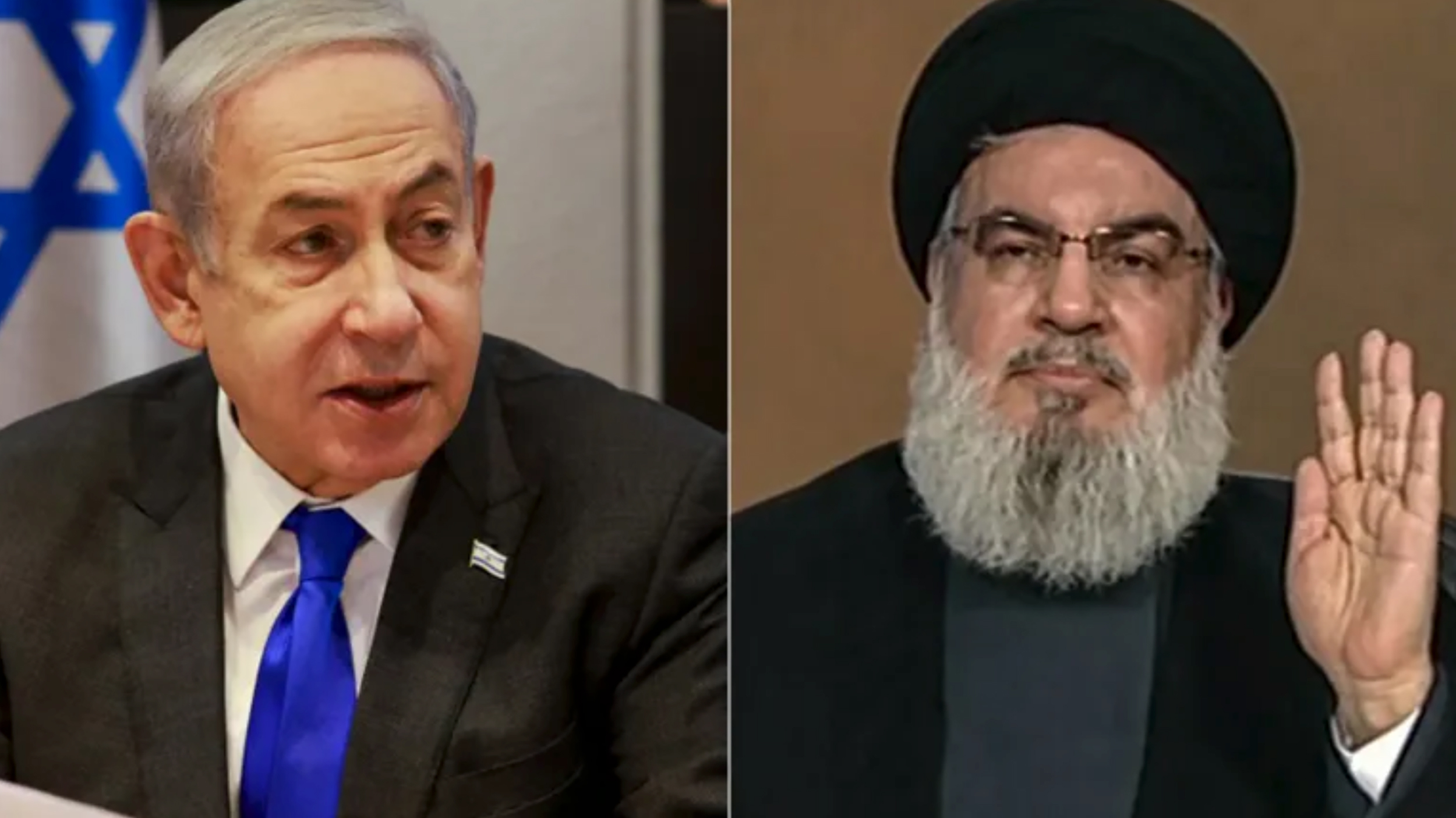
Although Hezbollah and Israel have been engaged in cross-border military exchanges for a year, the war on the Lebanese front did not begin in earnest until Israel’s pager attack of 17 September 2024. Now, after a month of assassinations, intensive aerial bombing, and ground incursions into Lebanon, it is clear that Israel has chosen to escalate to all-out war. How this war unfolds, however, depends not only on the goals and calculations of Israel and Hezbollah, but also on the actions and strategic choices of the United States and Iran.
Israel’s declared goals are to secure the return of Israelis displaced from communities in the north and push Hezbollah north of the Litani River, thus neutralising the military threat the group poses—in essence, to ensure the implementation of UN Security Council Resolution 1701. But these objectives do not align with its long-standing perception of the strategic threat represented by Hezbollah. Indeed, the multifaceted nature of its actions in Lebanon indicate that Israel has decided to eliminate this threat once and for all. It is thus acting to incapacitate Hezbollah militarily, weaken it politically by cultivating allies within Lebanon, destroy the group’s Shia grassroots base through displacement and physical destruction, and undermine Hezbollah’s positions and military capabilities in Syria.
Since October 2023, Hezbollah, keen to avoid the devastation of Israel’s 2006 war on Lebanon, has exercised discipline to keep its campaign in support of Gaza within clear limits. Even now it appears to be pursuing a two-pronged defensive strategy: responding to all Israeli attempts at ground and sea incursions into Lebanon while only gradually escalating, both quantitatively and qualitatively, its missile and drone attacks within Israel. Its aim is to persuade the Israeli leadership that it cannot achieve its goals in Lebanon and to create more favourable conditions for a ceasefire. It has signalled a readiness to end the war on the Lebanese front before it spirals out of control, but it has left what it considers acceptable terms for a political agreement ambiguous. More worrying for the organisation is that anti-Hezbollah parties in Lebanon, seizing on Hezbollah’s perceived weakness, are manoeuvring to contain the organisation domestically and ultimately disarm it, and they have international and regional backing.
Washington says that it does not want an expansion of the war in the Middle East, but it clearly believes that Hezbollah and Iran are on the back foot and thinks that more calculated military pressure could tangibly undermine their influence in Lebanon and the region. It is thus actively engaged with Lebanese politicians and parties seeking to re-engineer the Lebanese political order to the detriment of Hezbollah.
While Iran is not a direct party to the war on Gaza or in Lebanon, it is influential. Though Iranian officials have repeatedly stressed the independence of Hezbollah’s decision-making, Iran is the only party that could compel Hezbollah to accept a negotiated agreement to end the war on Lebanon. Since October 2023, Iran’s actions have been calculated to avoid an all-out open war and, in particular, to keep the battle away from Iranian territory. Yet after months of restraint, Iran launched a ballistic missile attack against Israel on 1 October 2024 in response to the latter’s assassination of Ismail Haniyeh in Tehran. The magnitude of the Israeli response, and thus the Iranian counter-reaction, will be critical in determining the trajectory of the Israeli-Iranian confrontation. In any case, Tehran is unlikely to accept any accommodation in Lebanon that would entail the disarmament of Hezbollah.
Israel’s actions suggest that it is determined to continue the war on Lebanon, though thus far it has made little tangible progress south of the Litani. Perhaps because of this failure, it seems to have opted for the same policy of destruction in southern Lebanon that it has pursued in the Gaza Strip. Hezbollah, despite the severe losses it has sustained since September, appears to have already regained its equilibrium, putting up stiff resistance to Israeli incursions in the south and launching dozens of missile and drone attacks daily ever deeper into Israeli territory.
Whether the factors for escalation will outweigh those for de-escalation remains uncertain. Although the Biden administration seems to have abandoned ceasefire efforts in Lebanon for the moment, it is aware that Israel is not close to achieving its war aims, leaving open the possibility of a ceasefire based on Resolution 1701.
Equally critical will be developments in the Israeli-Iranian standoff and the scope of Israel’s response to the Iranian attack of October 1. Iran itself seems still undecided on the direction it will take: will it push Hezbollah to conclude a ceasefire? Or will it encourage Hezbollah and its other allies in the Levant to escalate against Israel and open another front in the war, possibly in Syria?
*This is a summary of a policy brief originally written in Arabic available here.